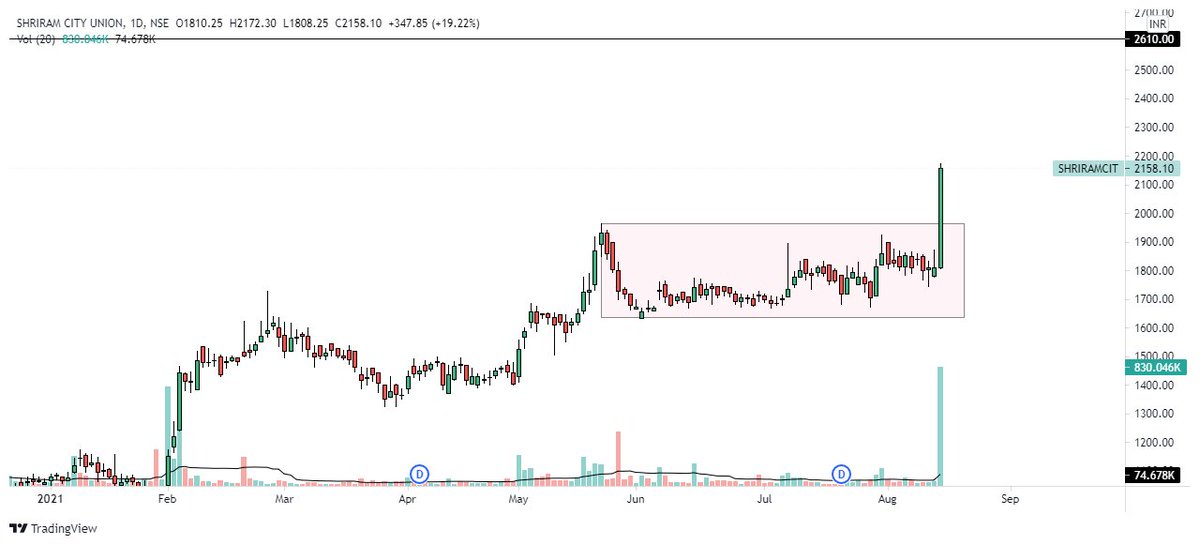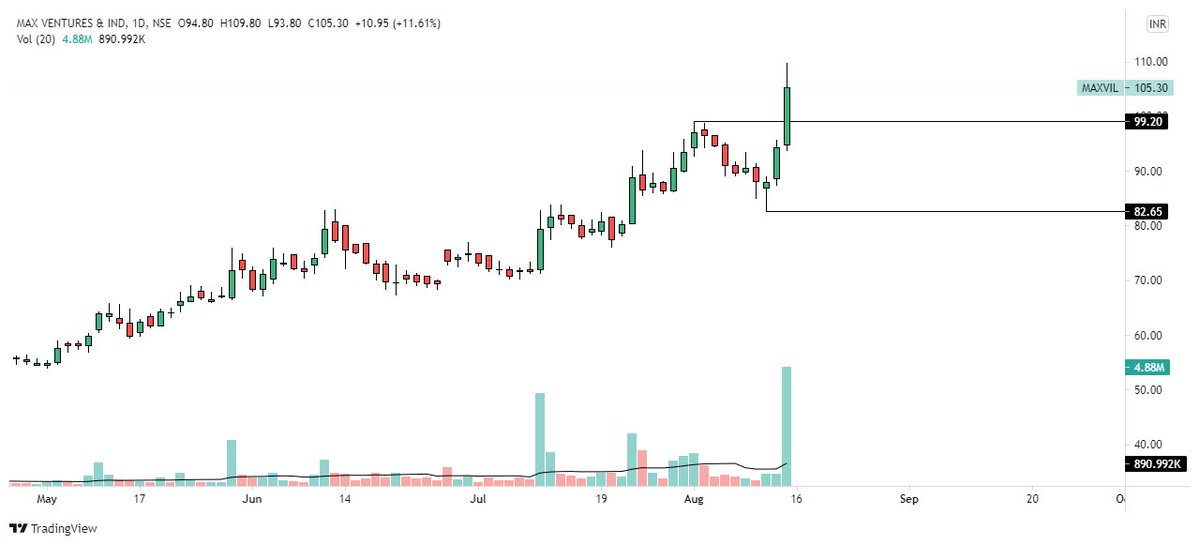
𝗛𝗢𝗪 𝗧𝗢 𝗠𝗔𝗜𝗡𝗧𝗔𝗜𝗡 𝗔 𝗧𝗥𝗔𝗗𝗜𝗡𝗚 𝗝𝗢𝗨𝗥𝗡𝗔𝗟 📖📒
~𝙰 𝚃𝙷𝚁𝙴𝙰𝙳 🧵~
♥️ & 𝚁𝚎𝚃𝚠𝚎𝚎𝚝 𝚝𝚑𝚒𝚜 𝚝𝚠𝚎𝚎𝚝 𝚏𝚘𝚛 𝚖𝚘𝚛𝚎 𝚛𝚎𝚊𝚌𝚑
@ProdigalTrader @SouravSenguptaI @PAlearner @Puretechnicals9 @caniravkaria @JayneshKasliwal
~𝙰 𝚃𝙷𝚁𝙴𝙰𝙳 🧵~
♥️ & 𝚁𝚎𝚃𝚠𝚎𝚎𝚝 𝚝𝚑𝚒𝚜 𝚝𝚠𝚎𝚎𝚝 𝚏𝚘𝚛 𝚖𝚘𝚛𝚎 𝚛𝚎𝚊𝚌𝚑
@ProdigalTrader @SouravSenguptaI @PAlearner @Puretechnicals9 @caniravkaria @JayneshKasliwal
1/ A trading journal is a log of all your trading activities.
Now this begs the question, why journal your trades?
✅A journal helps you to monitor both the performance of your trading system and your ability to execute it with consistency.
Now this begs the question, why journal your trades?
✅A journal helps you to monitor both the performance of your trading system and your ability to execute it with consistency.
2/ When kept right, your trading journal becomes an invaluable reference manual that can help you recall both what you’ve done right and what you’ve done wrong in the past, thus keeping you on the right track moving forward and preventing the same mistakes again in the future.
3/ Personally when I started my trading journey, I did not maintain my journal with much effect. I just wrote what my buy price and sell price was and how much I gained/lost from that trade.
But, after some time I thought of going back to my journal to review my trades.
But, after some time I thought of going back to my journal to review my trades.
6/ But to my surprise, I couldn't find any reason why I took those trades and what was I thinking while taking the trades.
Did I take the trade simply by the price-action of the chart, or did any external information have any influence on my thoughts.
Did I take the trade simply by the price-action of the chart, or did any external information have any influence on my thoughts.
7/ I realized that I didn't include my thought process in the journal while making the trade (which is probably the most important reason why we should journal our trades). You can get your P&L statement from your broker these days, but the psychology aspect is what is crucial.
8/ If you are a beginner I would suggest that you keep a notebook/diary to journal your trades as writing how you feel on a piece of paper can give your thoughts some clarity about how you feel.
If you want to journal your trades on a computer then I'll share a Google link.
If you want to journal your trades on a computer then I'll share a Google link.
10/ You need to include the following while journaling your trades:
🔸Trade date
🔸Stock symbol
🔸Number of shares and why you chose that number
🔸Whether you bought long or sold short
🔸What triggered the entry signal
🔸What triggered the exit signal
🔸Trade date
🔸Stock symbol
🔸Number of shares and why you chose that number
🔸Whether you bought long or sold short
🔸What triggered the entry signal
🔸What triggered the exit signal
11/🔸Where you placed your initial stops
🔸If and why you moved your stops
🔸What caused you to exit the position and why
🔸Your thoughts, hopes, and fears that you had before opening the position and while the position was open
🔸If and why you moved your stops
🔸What caused you to exit the position and why
🔸Your thoughts, hopes, and fears that you had before opening the position and while the position was open
12/ Although keeping the journal is important, it’s useful only when you review it regularly. Spend a little time every week or month reviewing all your trades so you can pinpoint consistent mistakes or missed opportunities.
13/ Be brutally honest with yourself and use your journal as an opportunity to step back, take a cold, hard look at your trading decisions, and evaluate how you can improve moving forward.
𝐓𝐡𝐚𝐧𝐤 𝐘𝐨𝐮!
If you liked this thread then do consider following me @sarosijghosh
𝐓𝐡𝐚𝐧𝐤 𝐘𝐨𝐮!
If you liked this thread then do consider following me @sarosijghosh
• • •
Missing some Tweet in this thread? You can try to
force a refresh











